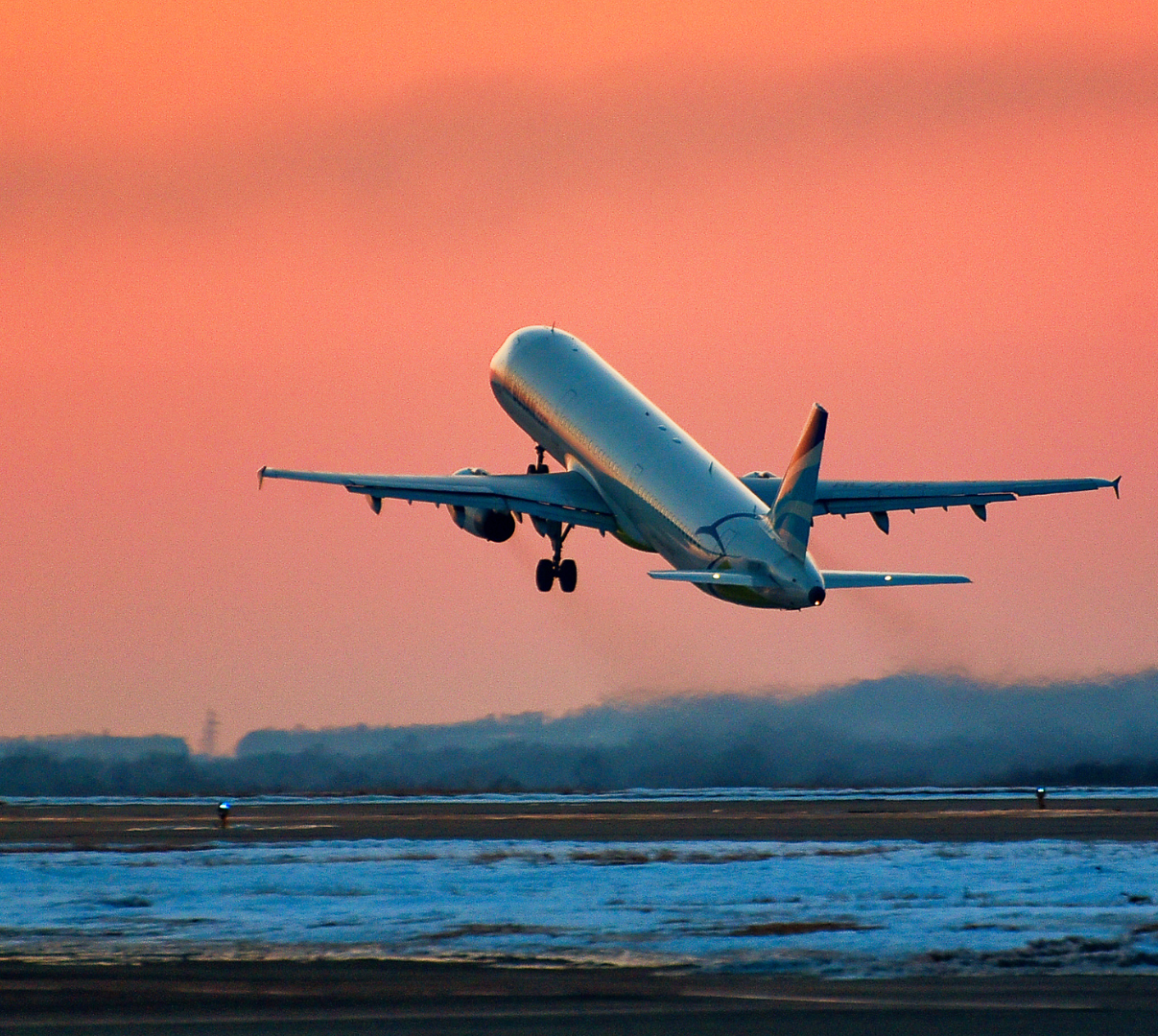
Is flying with glaucoma safe?
For the 718,000 people living with glaucoma in the UK, flying can be a worry. So does the change in plane cabin pressure really have an impact?
In many cases, increased eye pressure is a contributing factor towards glaucoma. This is often caused by an imbalance in the production and drainage of aqueous fluid at the front of the eye. As the pressure rises, it puts the optic nerve at the back of the eye under stress. After some time, this can cause vision loss.
As the pressure in a plane cabin changes during the flight, many people with glaucoma worry about the extra stress flying could put on their eyes. However, with the right advice and preparation, it is possible for people living with glaucoma to fly safely. This article will explain how.
Can you fly with glaucoma?
People living with glaucoma often worry about how the changes in cabin pressure will affect their eye condition. However, the atmosphere in a plane cabin is tightly controlled, meaning the pressure shouldn’t move outside of a limit that would cause further vision damage.
Yet high altitudes can still cause worsening glaucoma symptoms. These are usually caused by the dry recycled air in the cabin or dehydration on the flight. Therefore, it's important for anyone living with glaucoma to check in with their consultant before they fly so they can get individual advice.
How to prepare for flying with glaucoma?
Whether you’re heading out on a short or long-haul flight, people living with glaucoma should take some steps to have the safest and most comfortable trip possible.
Pack your eye drops
Keeping your glaucoma drops and any other medication in your hand luggage is essential to managing your symptoms effectively. The recycled air and pressures of high altitude can cause the eyes of people with glaucoma to become suddenly dry or for vision to be blurred.
Having eye drops on-hand means you can take them whenever you need. Plus, it also makes switching your dosing schedule to a new time zone easier when you land. Remember to only change your routine when you arrive at your destination.
Keep your eyes lubricated
If you suffer from dry eyes as well as glaucoma, keeping artificial tears with you will prevent discomfort caused by the recycled air in the cabin. Taking a water bottle with you is also recommended to help you stay hydrated and prevent your eyes from drying out. This will help minimise discomfort and the likelihood of blurry vision.
Give your eyes a break
Bright lights through the windows and in the cabin can place the eyes under extra strain. Packing a pair of sunglasses will help keep them protected. The blue light from your phone and other screens can also make symptoms worse. So minimising your time on them and taking regular breaks is recommended.
Get professional advice
Before you fly, it’s important to get professional advice from your eye care consultant. They will understand your condition best and be able to give specific advice for managing your symptoms on the plane.
Alongside this, monitoring your glaucoma symptoms before and after you fly is key to keeping your condition in check. By signing up for the free Ocuplan service, you can get on-hand professional advice whenever you need it.
With an ask a consultant service and rapid advice line, you can get all the advice you need to manage your glaucoma effectively, whether you have your feet on the ground or not.
About OcuPlan
OcuPlan offers the gold standard of clinical care for patients with long-term eye conditions to help minimise the risk of sight loss.